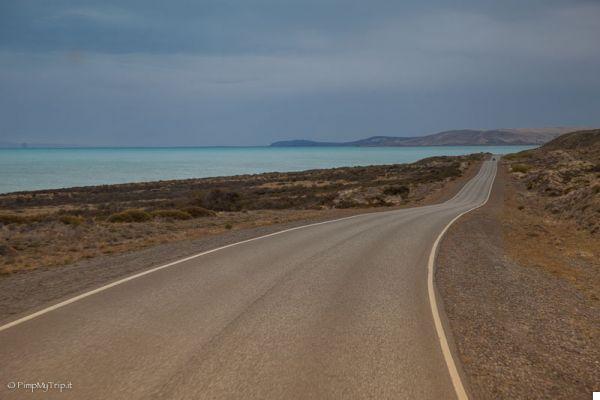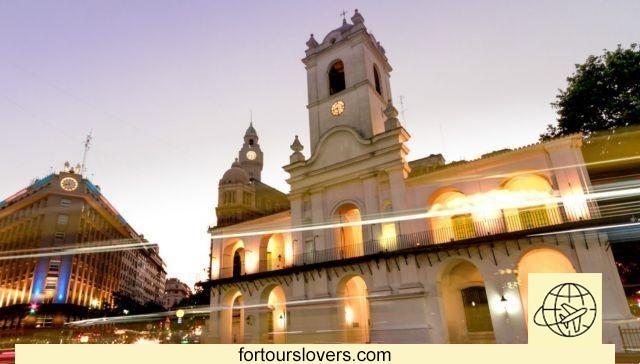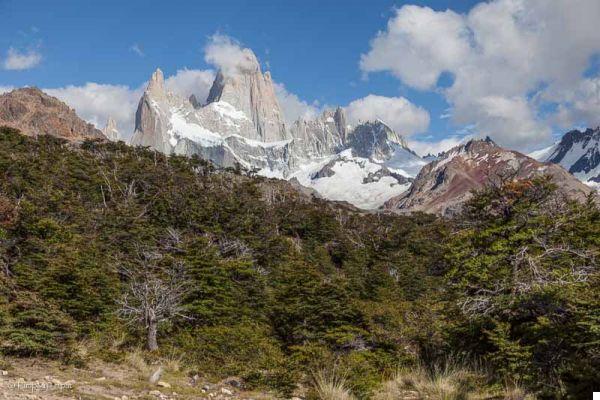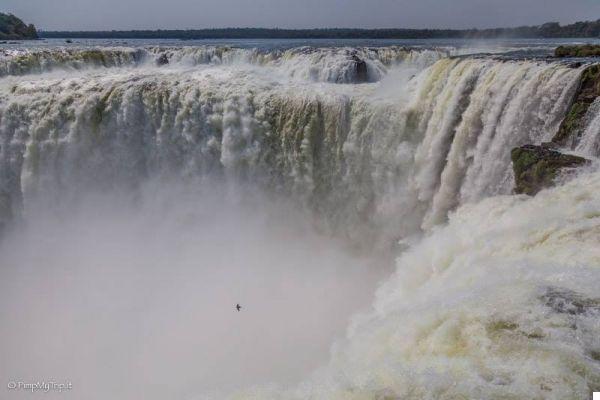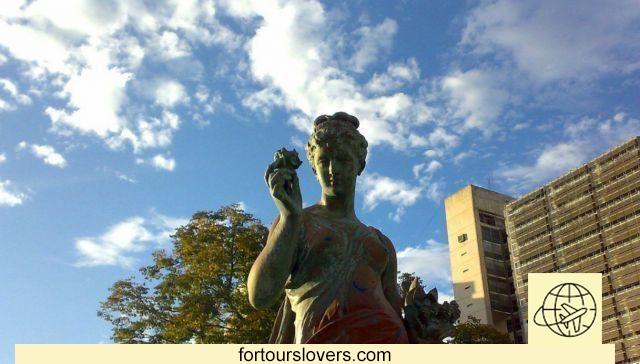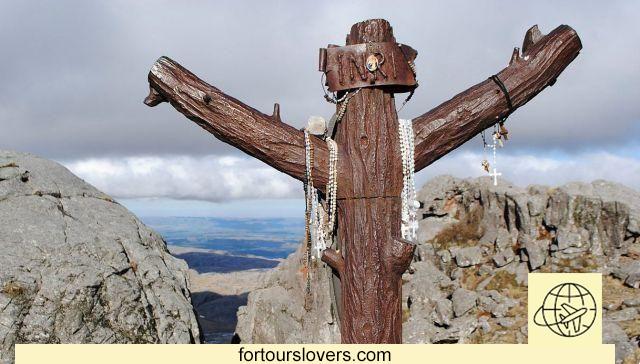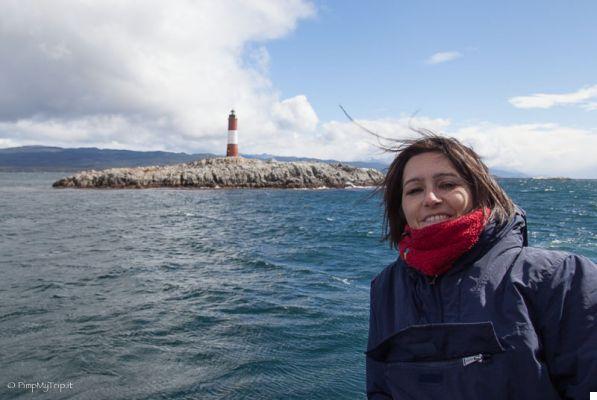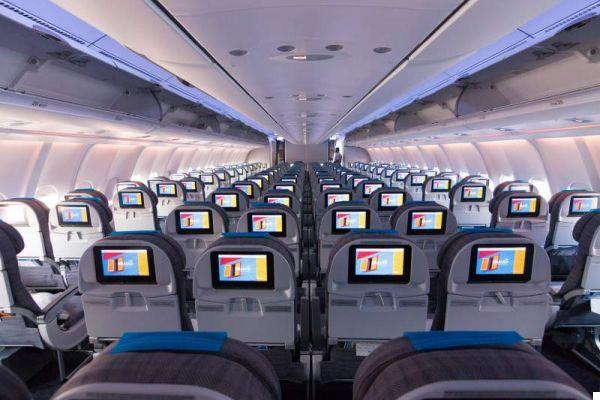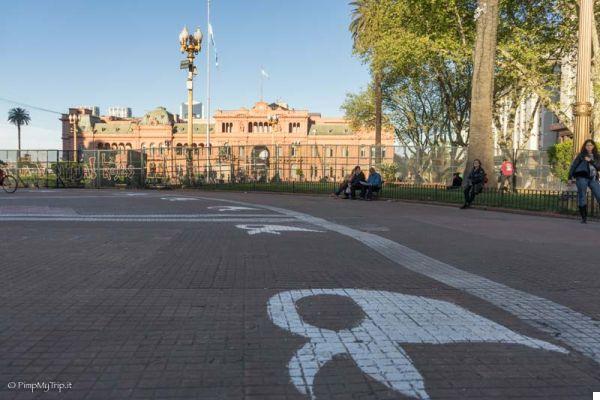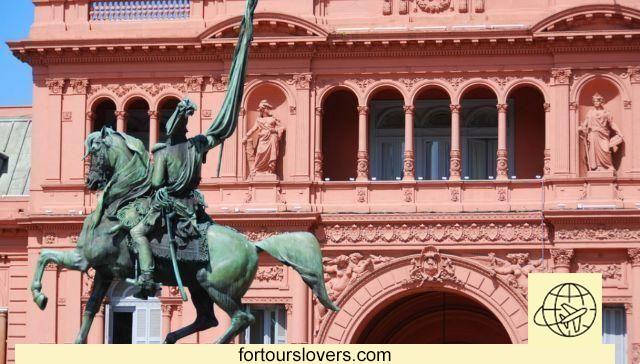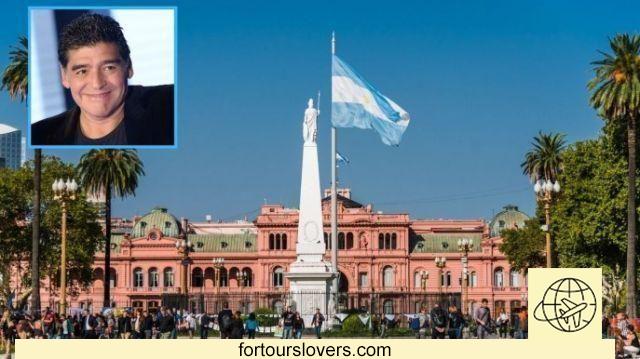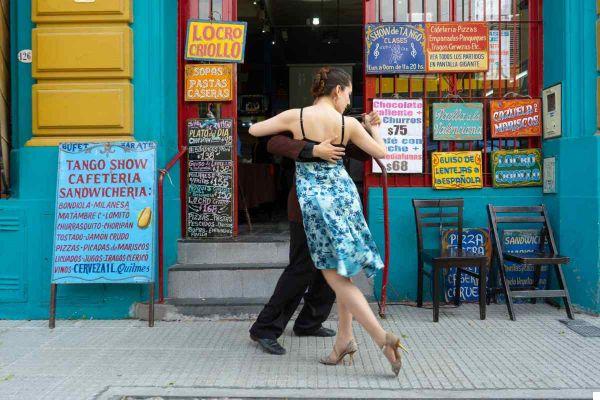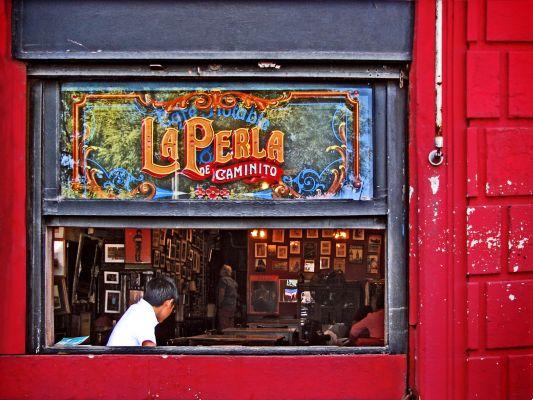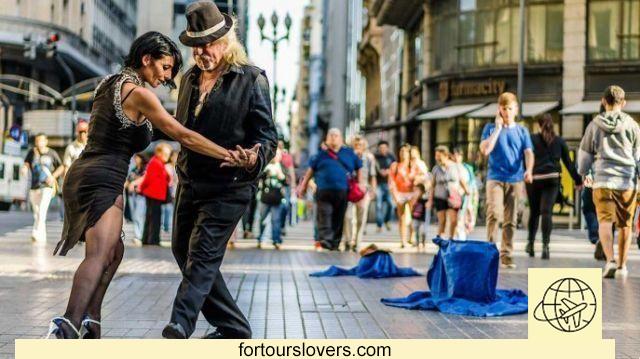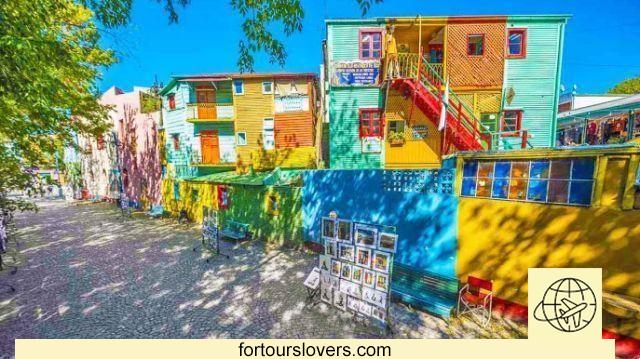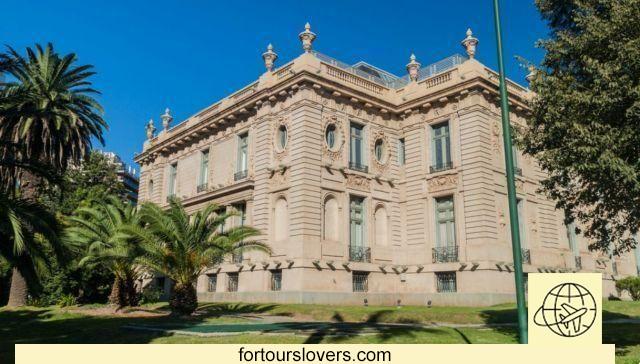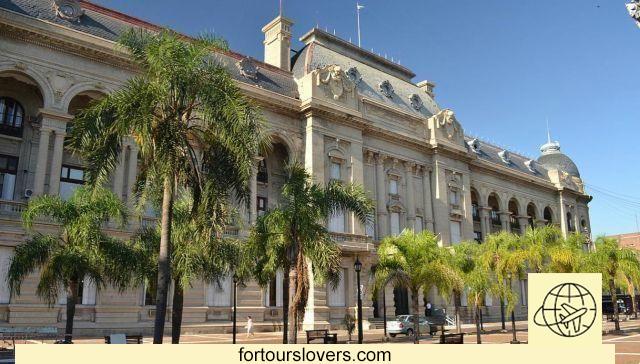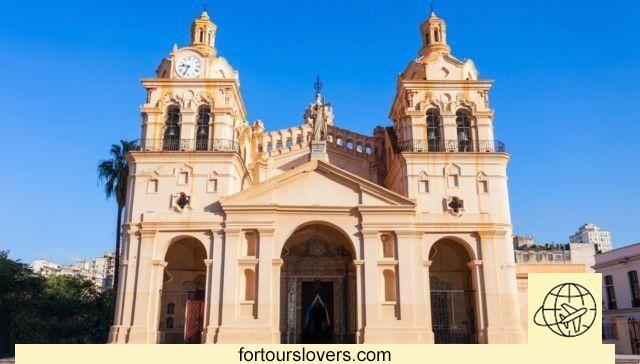
What to do in Córdoba, Argentina, one of the liveliest and youngest cities in the north-central region
Cordova, in Argentina, is the second city in the state in terms of population and importance, only surpassed by the capital Buenos Aires, and is considered one of the most culturally lively and young of all. Located in the north-central area of Argentina, in the middle of a green plain at the foot of the Sierra Chica, enclosed between the Pampas, the Gran Chacho and the Primero River, Córdoba is one of the cleanest and "greenest" cities. cities of the state.
Nicknamed The Docta Due to the large number of schools, universities and cultural institutions that populate it, Córdoba has its origins in the Spanish colonization of the South American continent, tracing its foundation to the year 1573 when the conquistador Jerónimo Luis de Cabrera fortified the first settlement on the plains. at the foot of the Sierra Chica.
In the following centuries Córdoba became one of the cultural centers most important in the region; Schools, seminaries, and universities were founded, increasing their fame and prestige throughout the new world. During the 20th century, Córdoba was several times the first city to rise during the revolutionary movements that inflamed Argentina and thanks to the continuous exchange with students from all over the world it developed a multicultural climate open to innovation.
Today Córdoba is one of the most important university centers in Argentina and although mass tourism has not yet developed a real link with this splendid city and the seven wonders of its province, it has numerous destinations of great interest and extraordinary beauty in store. In this guide we will discover the cultural attractions that you should not miss, the most interesting destinations and the liveliest neighborhoods of Córdoba in Argentina.
Il Old neighborhood Córdoba is the most visited destination by travelers arriving in the city due to its suggestive colonial appearance, with numerous buildings built during the 16th and 17th centuries by the Spanish, such as the splendid and majestic urban churches, wonderfully decorated to the top. of the tall bell towers that stand out over the city.
The main church of Córdoba is the great cathedral of Our Lady of the Assumption, a powerful and elegant building located in the evocative setting of Plaza San Martín, built during the 1804th century and testimony to the great technical and artistic mastery of the master craftsmen of the Córdoba region. Inside the cathedral you can admire exquisite frescoes from the XNUMXth century, the interior decorated in gold leaf and the wonderful Stirling stone and silver altar donated by Peru in XNUMX.
Staying in Plaza San Martín you can also visit the interesting Cabildo, the former palace of the Spanish governor, now transformed into the city museum, which allows you to learn about the entire historical history of Córdoba. One of the most famous and visited attractions in Córdoba is the so-called Jesuit block, La Manzana Jesuitica in Spanish, an entire neighborhood created by the Company of Jesus at the end of the 16th century that includes the National College of Monserrat, the Church of the Comapañia de Jesús, the Domestic Chapel, the former headquarters of the National University. of Córdoba and today a national museum.
A visit to the old structures of the Jesuit Block is a true journey in time that allows you to understand and learn about the disruptive impact that the religious congregation had on the history not only of Córdoba but of all of Argentina. Due to its historical, artistic and cultural importance, the complex has been included in the UNESCO world heritage.
To fully discover the liveliness of Córdoba you can take a long walk along the picturesque riverbank, the glen, where the most typical restaurants and nightclubs of the city are located and at night they are the favorite destination of university students. On an evening at these venues you can also attend a show of the traditional musical genre of this region of Argentina, the quartet, and when the music starts it is common for the regular customers to start singing and dancing too.
Fans of Latin American art will find a true artistic temple in the two great museums of Córdoba, the Emilio E. Caraffa Provincial Museum of Fine Arts and the Municipal Museum of Fine Arts, which collect the works of the main Argentine and South American artists of the 19th century. . modern and contemporary age. Those looking for more popular and lively artistic expressions cannot miss the Walk of the arts, in the Güemes neighborhood, where the local artistic crafts market takes place among the evocative scenery created by the tree-lined avenues and you can visit numerous art galleries, theater workshops and many other attractions of the most active artistic scene in Córdoba.
Slightly moved south from the heart of the historic center is one of the most spectacular attractions of Córdoba, the great Sarmiento Park, the green lung of the city that has recently been the subject of a major remodeling project that returned it to its former splendor. The park was built during the 1911th century; Opened to the public in XNUMX, today it offers visitors a wonderful walk among tree-lined paths, fountains, lakes and a wide variety of cultural offerings, such as the “Evita Perón” Museum, full of art collections and exhibition venues, the bicentennial lighthouse, monument to the history of Argentina, the Museum of Natural Sciences and a state-of-the-art Zoological Park.
Finally, one of the jewels in Córdoba's crown are its magnificent theaters: the city has 50 historic and contemporary theaters in operation, which every night offer a wide variety of shows ranging from classical music to jazz and music. electronics. The prince of these theaters is the majestic liberator theater, the largest and oldest Italian-style theater in Córdoba, where in addition to performing operas, concerts and festivals of great cultural importance are held.




